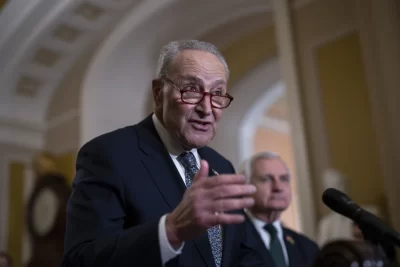
Is bigger really better? Yes, when it comes to medical schools in New Jersey.
That’s the argument at the center of Rutgers University’s push to turn its two existing medical degree programs — New Jersey Medical School in Newark and the Robert Wood Johnson Medical School in New Brunswick — into a combined entity with two different but equal campuses. A proposal to make this happen is now under review by a national organization that accredits medical schools.
Earlier this month, reporter Michael Hill invited Dr. Amy Murtha, the dean of the New Brunswick medical school and NJMS dean Dr. Robert Johnson for a conversation about this controversial proposal during his monthly radio program Newark Today, which aired Thursday evening on WBGO FM. Hill also asked Lilo H. Stainton, NJ Spotlight News’ Health Care writer, to join the discussion.
The rationale
Johnson said it makes “very little sense” for Rutgers to continue to operate two separate medical schools that are competing for students, research grants, faculty and philanthropic support. “When we come together, we become one of the largest medical schools in the country,” he said. “That gives us more power.”
Combining the schools “would create in New Jersey a very large, first-class medical school that competes very, very well with what is going on in New York and Philadelphia,” Johnson said.
Potential impact
The discussion explored the purpose of the merger — a concept that dates back at least five years — and its potential impact on students, staff, academic faculty and clinical faculty members, who serve as teachers while treating patients at multiple hospitals in central and northern New Jersey. Also discussed was the unique culture of each campus and whether that would change.
Hill and Stainton also pushed the deans on what the changes would mean for Newark residents and patient care in the city — services offered at University Hospital and elsewhere that are promised through a historic agreement struck between community and government leaders in the wake of the city’s 1967 racial uprising. The answer may be surprising, to some.






